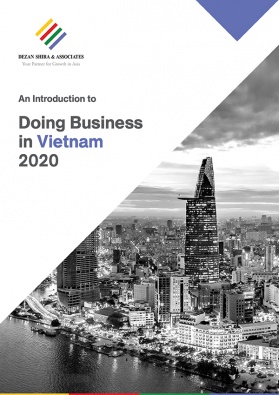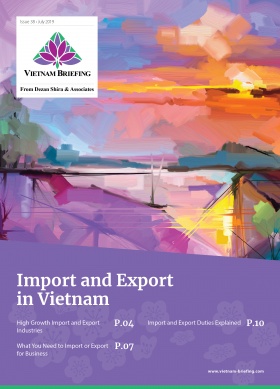Preferential Trade Benefits: US Delists Vietnam as Developing Nation
- The US recently removed Vietnam, among other countries from its list of developing nations.
- The move allows the US to penalize such countries after a countervailing duty investigation.
- The changes will have a minimal effect on Vietnam, however, it will need to be vigilant and abide by guidelines on rules of origin, particularly for industries such as steel and footwear.
The US recently slimmed down its list of developing and least developed countries, thus removing Vietnam from receiving preferential trade benefits. The move, however, was not directed specifically at Vietnam but included several countries such as China, Hong Kong, India, Indonesia, Malaysia, Thailand, and Singapore among others.
The move will allow the US a reduced threshold for starting an investigation into which countries are harming US industries with subsidized exports as per United States Trade Representative (USTR). Under World Trade Organization (WTO) rules, governments are required to terminate their countervailing duty (CVD) investigations if the amount of foreign subsidy is less than 2 percent ad valorem (duty calculated as percentage of the value of goods).
Therefore, countries removed from the list, will not be given special consideration and will have lower levels of protection in a CVD investigation.
But what does this mean for Vietnam?
Le Trieu Dung, from the Trade Remedies Department under the Ministry of Trade (MOIT), stated that the effect will be minimal as Vietnam has applied subsidies of 2 percent to goods in all its countervailing duties (CVD) investigations. The decision, however, could be problematic in the long run if the US applied further investigation on its exports and the subsidies applied is less than 2 percent.
Experts also suggest that the US delisting will have minimal effects on existing duties on Vietnam, though the move means that Vietnam will stop receiving some preferential treatment.
The MOIT also stated that Vietnam’s developing country status with the WTO remained unchanged and it still enjoyed the Generalized System of Preferences (GSP).
Vietnam however, will have to be even more careful to deal with origin fraud and transshipment as this has been the source of US tariffs on Vietnam in the past. The tariffs were imposed to prevent steel products that originated from China attempting to bypass anti-dumping rules.
The Vietnamese government, subsequently, issued new regulations related to the origin of exported and imported goods. Most recently, Vietnam issued Resolution 119 in December 2019 to address transshipment and origin fraud. The move was in line to satisfy US rules of origin requirements and address the trade surplus.
US-Vietnam trade expected to continue to grow
Nevertheless, Vietnam’s exports to the US have continued to grow. As per WTO data, Vietnam’s total import and export turnover reached US$235.5 billion in 2019 and US$242.6 billion in 2018. In the first nine months of 2019, exports to the US jumped by 34.8 percent year on year. The US is Vietnam’s largest export market and China is Vietnam’s largest source of imports. This was clear when several garment and textile industries due to the lack of raw materials from China during the ongoing Covid-19 outbreak.
Overall, Vietnam-US trade will likely to continue to increase. However, Vietnam will need to be more careful particularly for industries such as steel, footwear and agricultural products exports to the US, which have been growing. If it does not, the US is likely to impose countervailing duties on products that it deems to harm its domestic industries.
About Us
Vietnam Briefing is produced by Dezan Shira & Associates. The firm assists foreign investors throughout Asia from offices across the world, including in Hanoi and Ho Chi Minh City. Readers may write to vietnam@dezshira.com for more support on doing business in Vietnam.
- Previous Article Ein Leitfaden für exportverarbeitende Unternehmen in Vietnam
- Next Article Investing in Binh Dinh’s Industrial Zones







